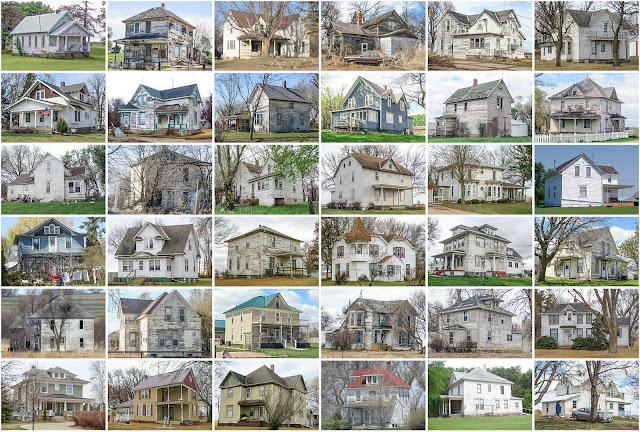Sioux County, Iowa
Founding: 1860 (declared in 1851)
Parent county: Unorganized territory
Namesake: The Sioux people
Seat: Calliope (1860–1872); Orange City (1872–)
Land area: 768 square miles
Population (historic): 576 (1870); 18,3790 (1890); 25,248 (1910); 26,806 (1930)
Pre-1940 housing survival rate: 53.3%
Farm housing in disrepair (1950): 2.4%
Nonfarm housing in disrepair (1950): 2.7%
Average farmhouse value (1930): $2,241Average outbuilding value (1930): $2,927
Average farmhouse size (1940): 6.8 rooms
Number of farms (1920): 2,801
Average farm size (1920): 158.5 acres
Sources of settlement: Holland, Iowa, Germany, Illinois, Wisconsin, and South Dakota
_________________________________________________________________________________
Orange City
Pre-1940 residences (estimated): 490 (22%)
_________________________________________________________________________________



Comments
Post a Comment